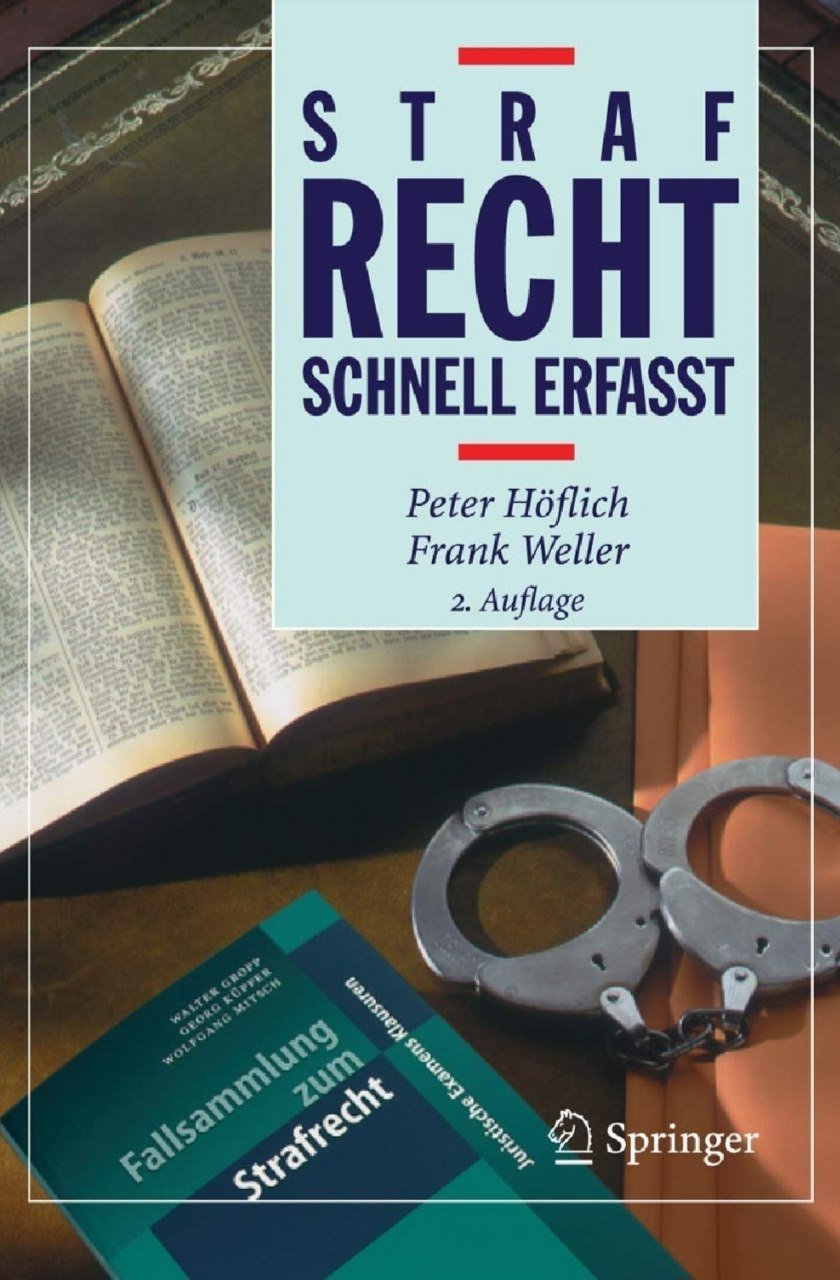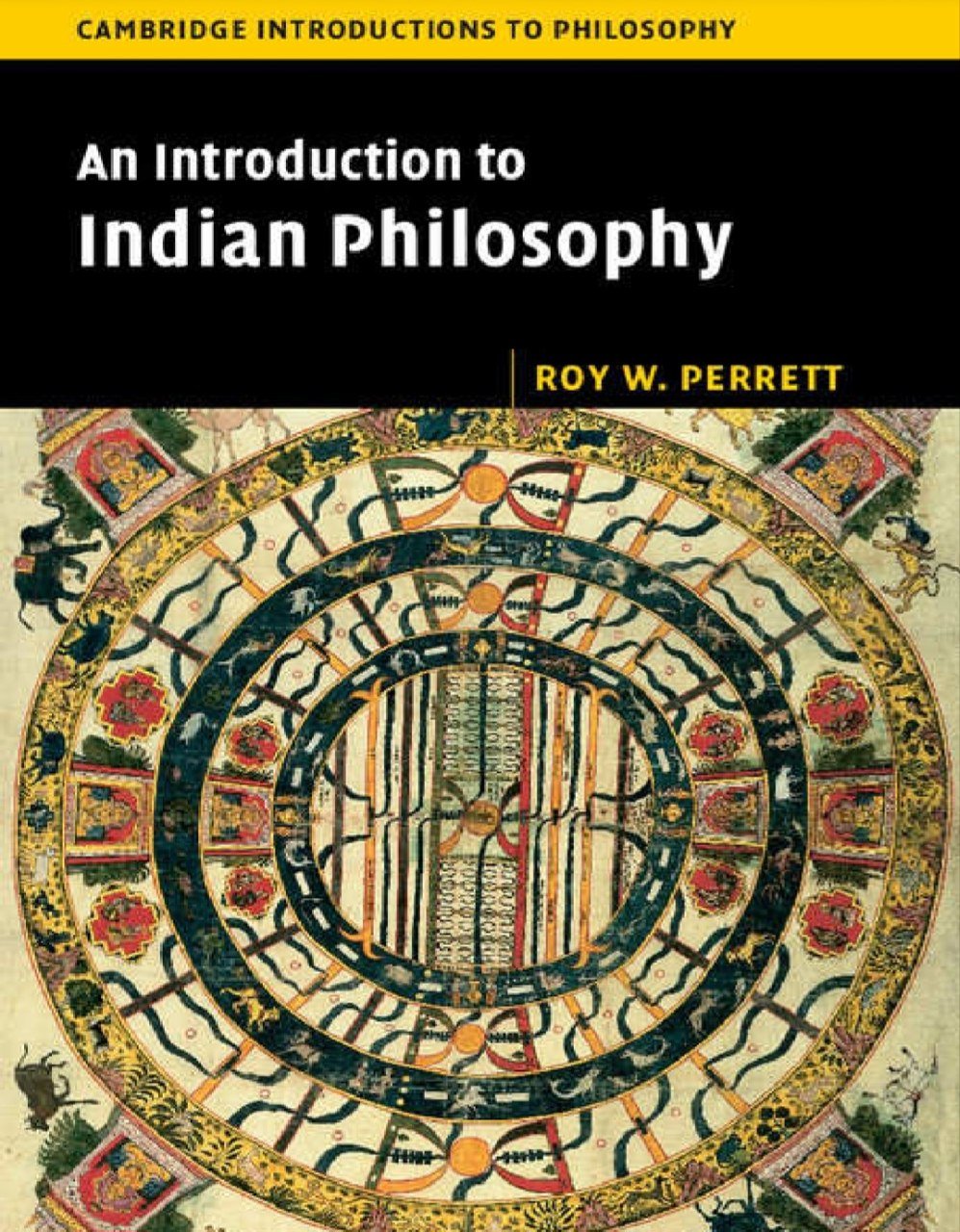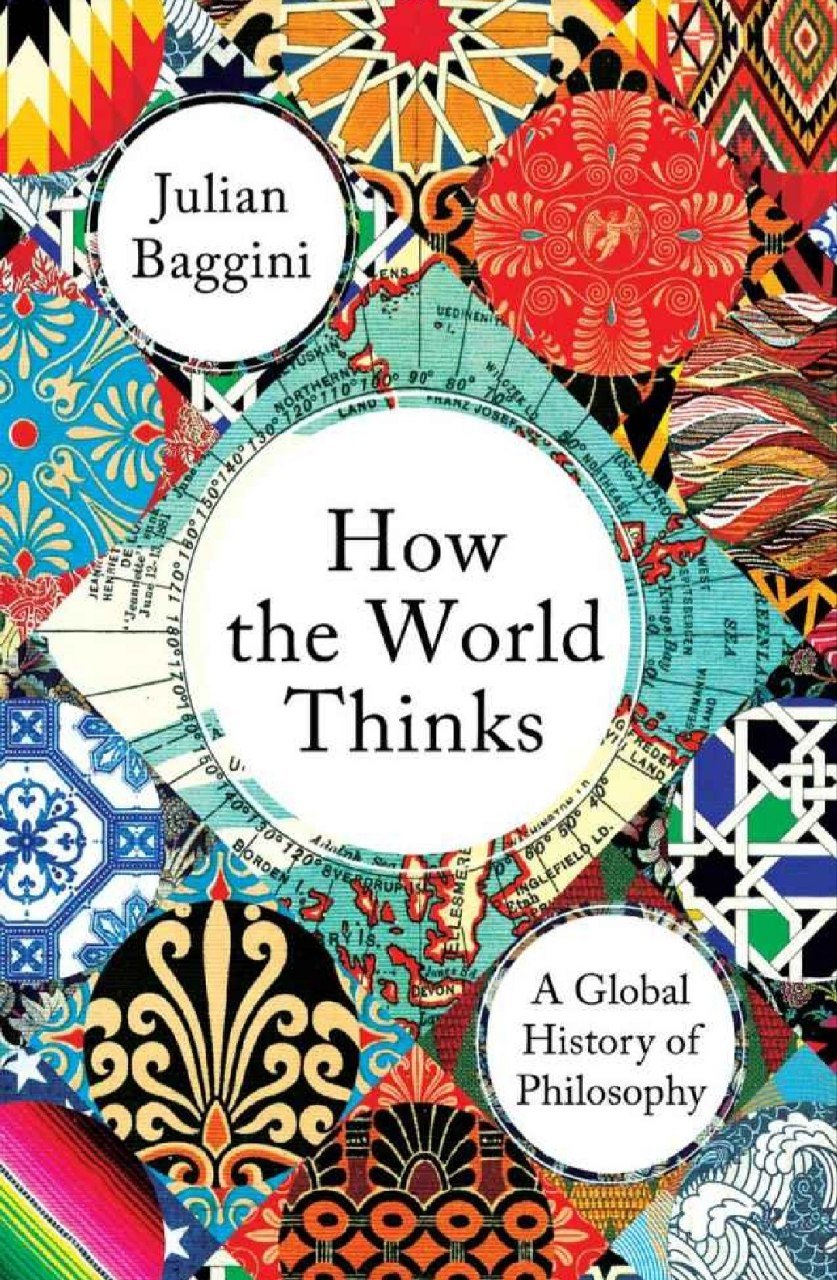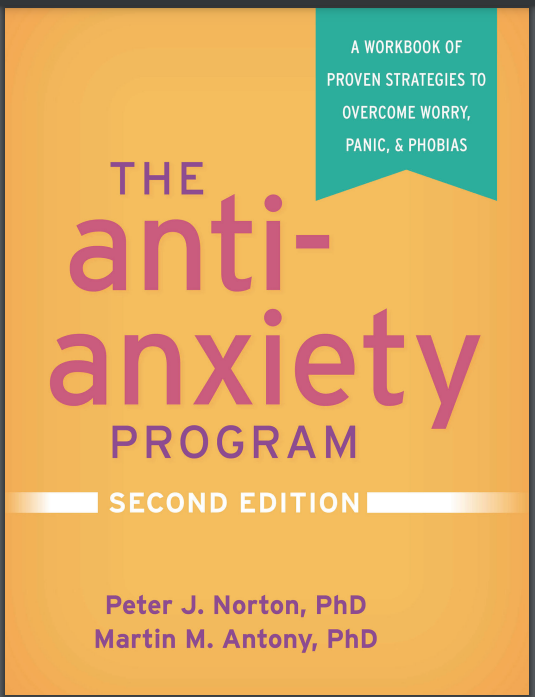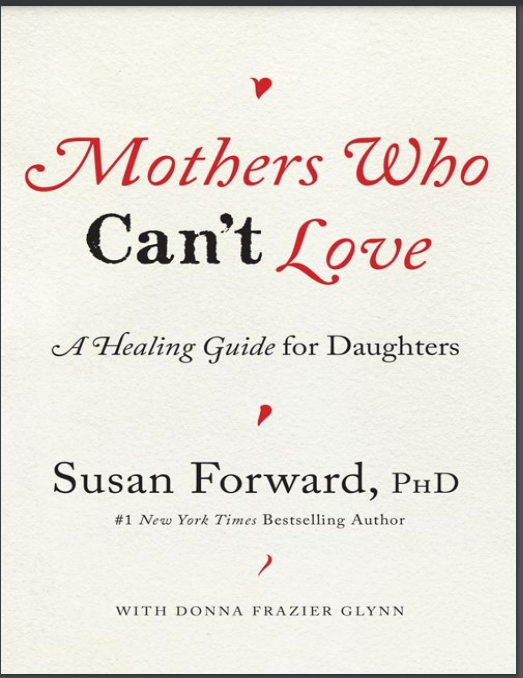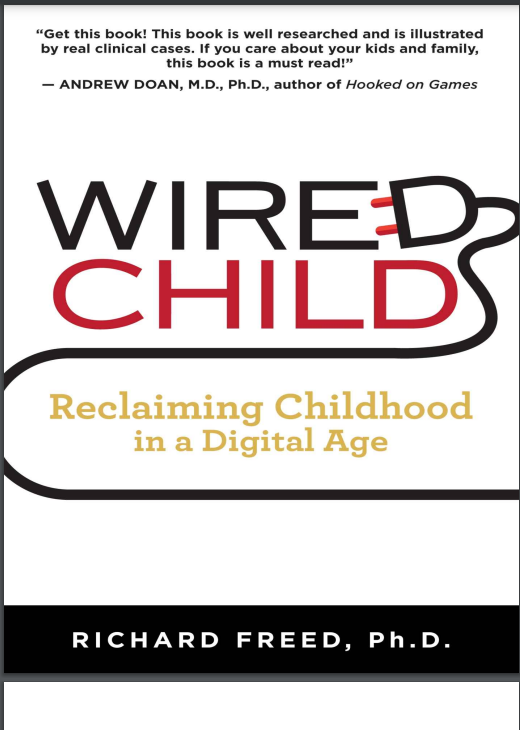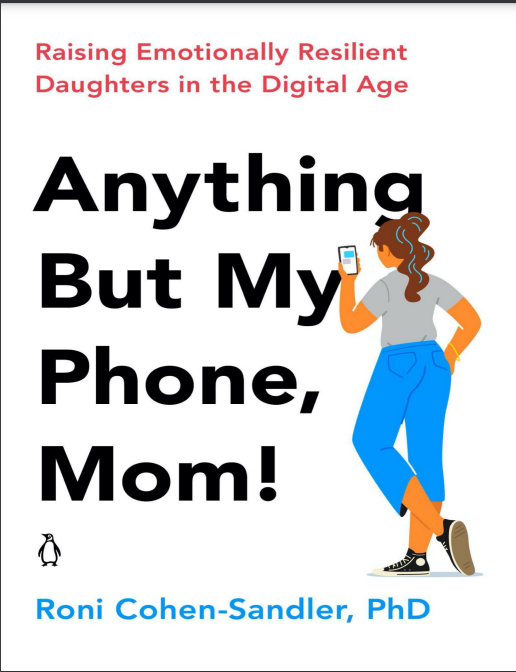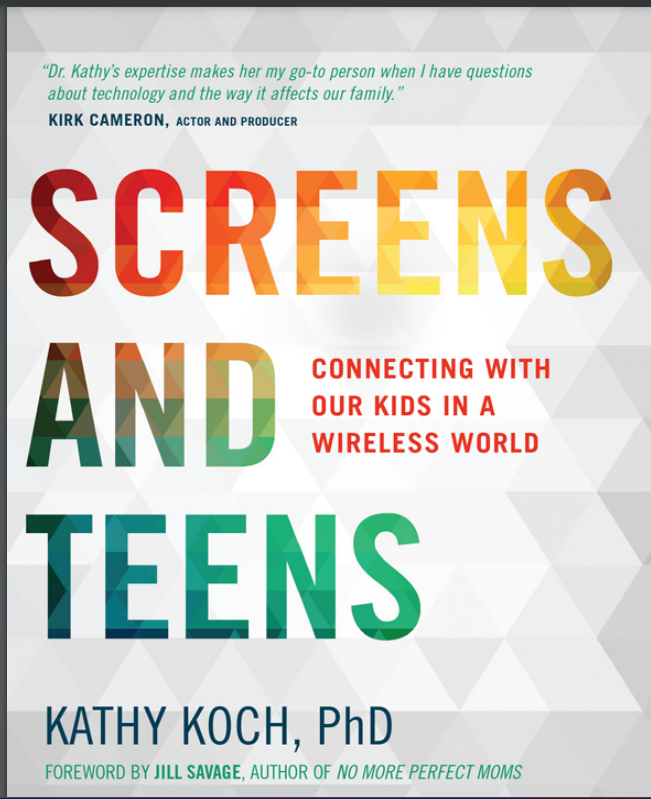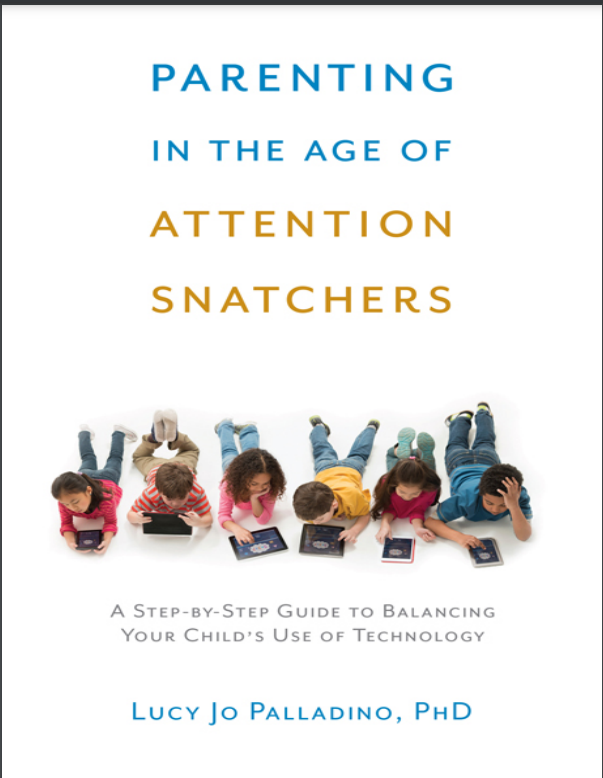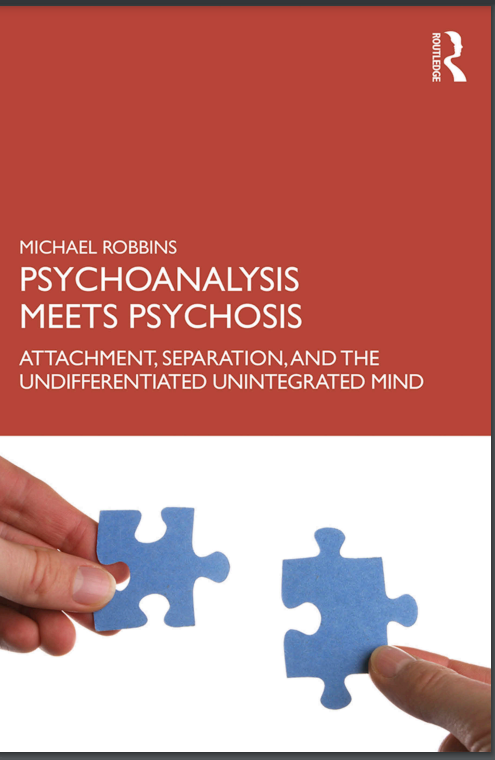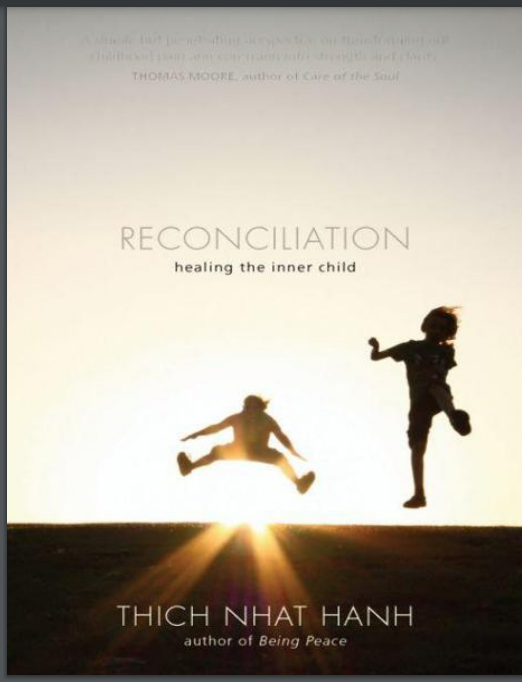

What Art Is by Arthur C. Danto
Reviews
No review yet. Be the first to review this book!
Description
What Art Is by Arthur C. Danto is a compelling and accessible philosophical inquiry into the nature, meaning, and purpose of art. Written by one of the most influential art critics and philosophers of the 20th century, this book serves as both a summation of Danto's lifelong engagement with aesthetics and a continuation of his groundbreaking ideas about the "artworld." Danto, who famously declared the "end of art" as a historical narrative, uses this work to address the fundamental question: What makes something art? In What Art Is, Danto revisits and refines his central thesis that art cannot be defined by perceptual features alone—what something looks like or how it is made. Instead, he argues that art is determined by its meaning and its place within the artworld, a complex system of cultural, historical, and philosophical contexts. A Brillo Box in a supermarket is just a box, but Andy Warhol's Brillo Box is art because of the ideas it communicates and its role in the ongoing discourse of art. Danto guides readers through a journey that spans ancient aesthetics, modernist formalism, and contemporary conceptual art. He critiques traditional aesthetic theories that rely on beauty, craftsmanship, or emotional expression as criteria for art. Instead, he proposes that art is essentially embodied meaning—a physical object or performance that carries a concept or interpretation, made possible by what he calls "the transfiguration of the commonplace." Throughout the book, Danto engages with the works of philosophers such as Plato, Kant, and Hegel, as well as artists from Duchamp to Warhol and beyond, offering clear examples to illustrate his ideas. He explores how the definition of art has changed in the postmodern era, where anything can potentially be art, but only under the right philosophical and cultural conditions. What Art Is is not only a philosophical treatise but also a defense of the diversity and open-endedness of contemporary art. Danto encourages readers to embrace a pluralistic view of art, one that acknowledges the multiplicity of forms, styles, and meanings in today's artworld. This book is essential reading for anyone interested in philosophy, art theory, and the ever-evolving conversation about what makes art art.
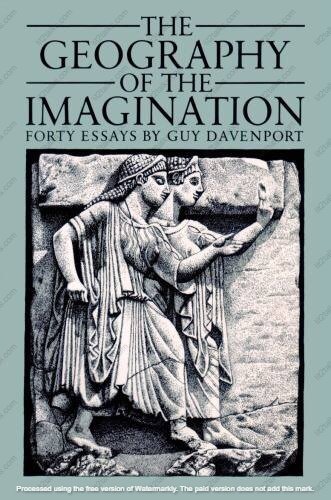


 May 03, 2025
May 03, 2025

 May 03, 2025
May 03, 2025







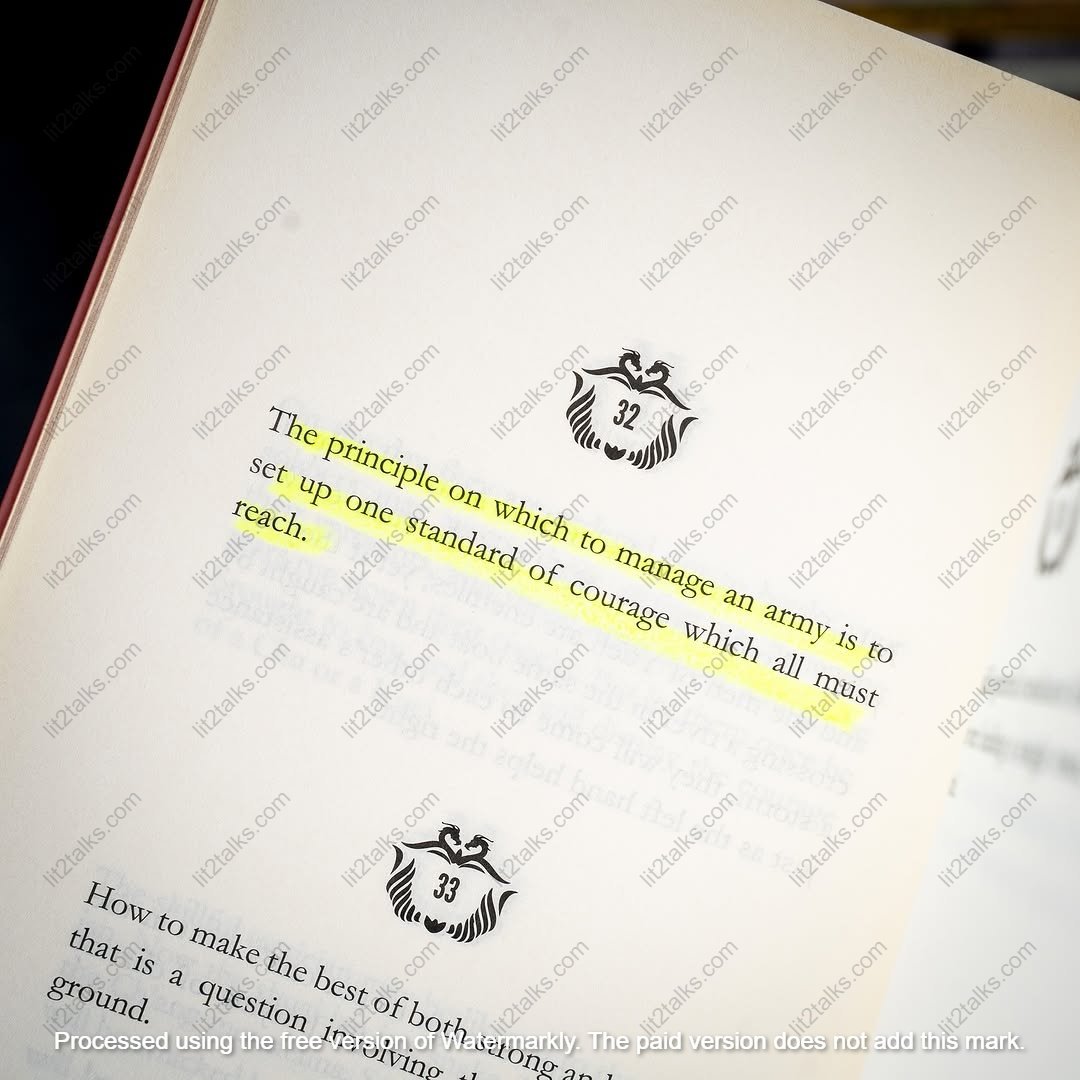


 May 03, 2025
May 03, 2025


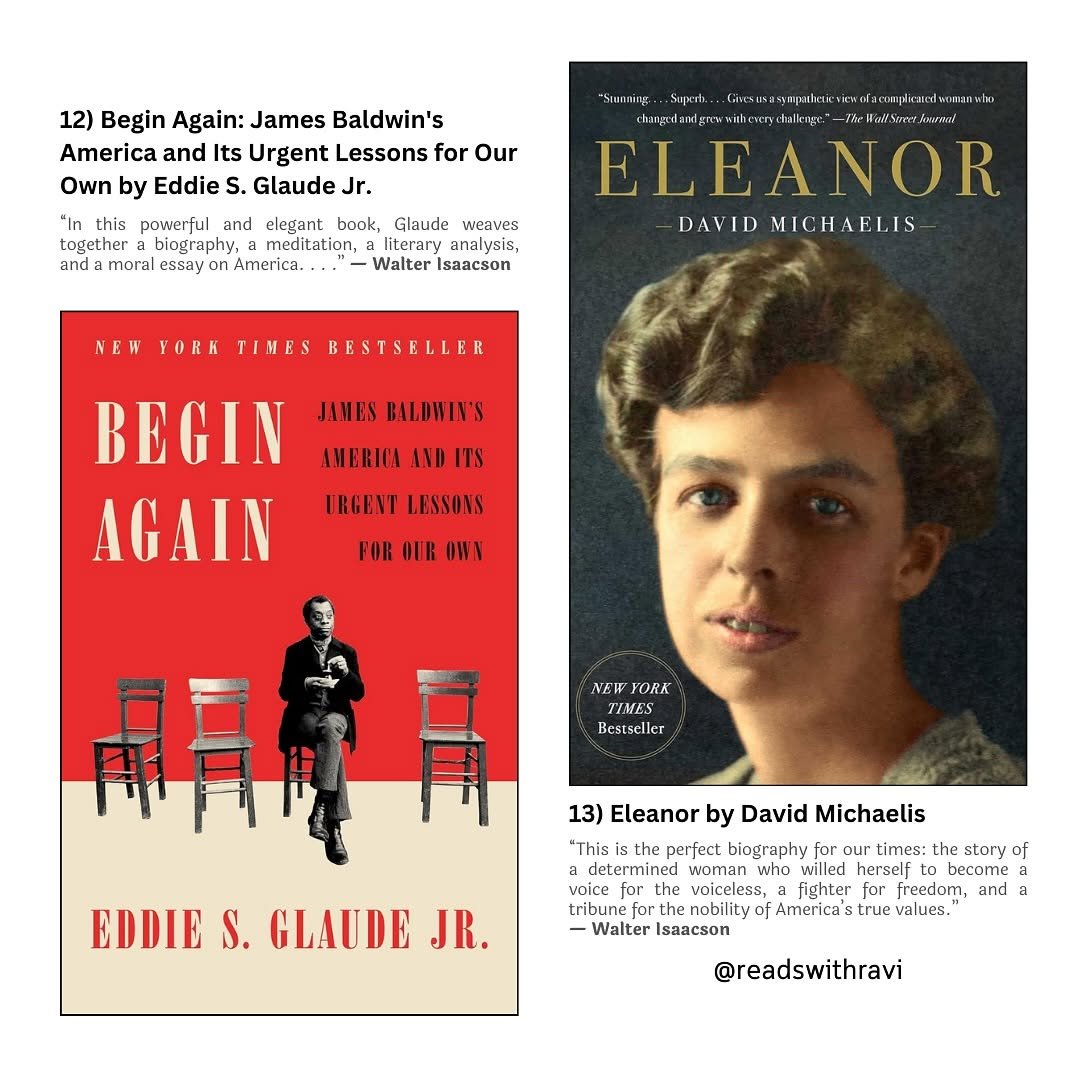





.jpeg)



.jpg)

.jpeg)
.jpg)





.jpg)



.jpg)











.jpg)




.png)
















.jpeg)

.jpg)
.jpg)


.jpg)



.jpeg)



.jpeg)













